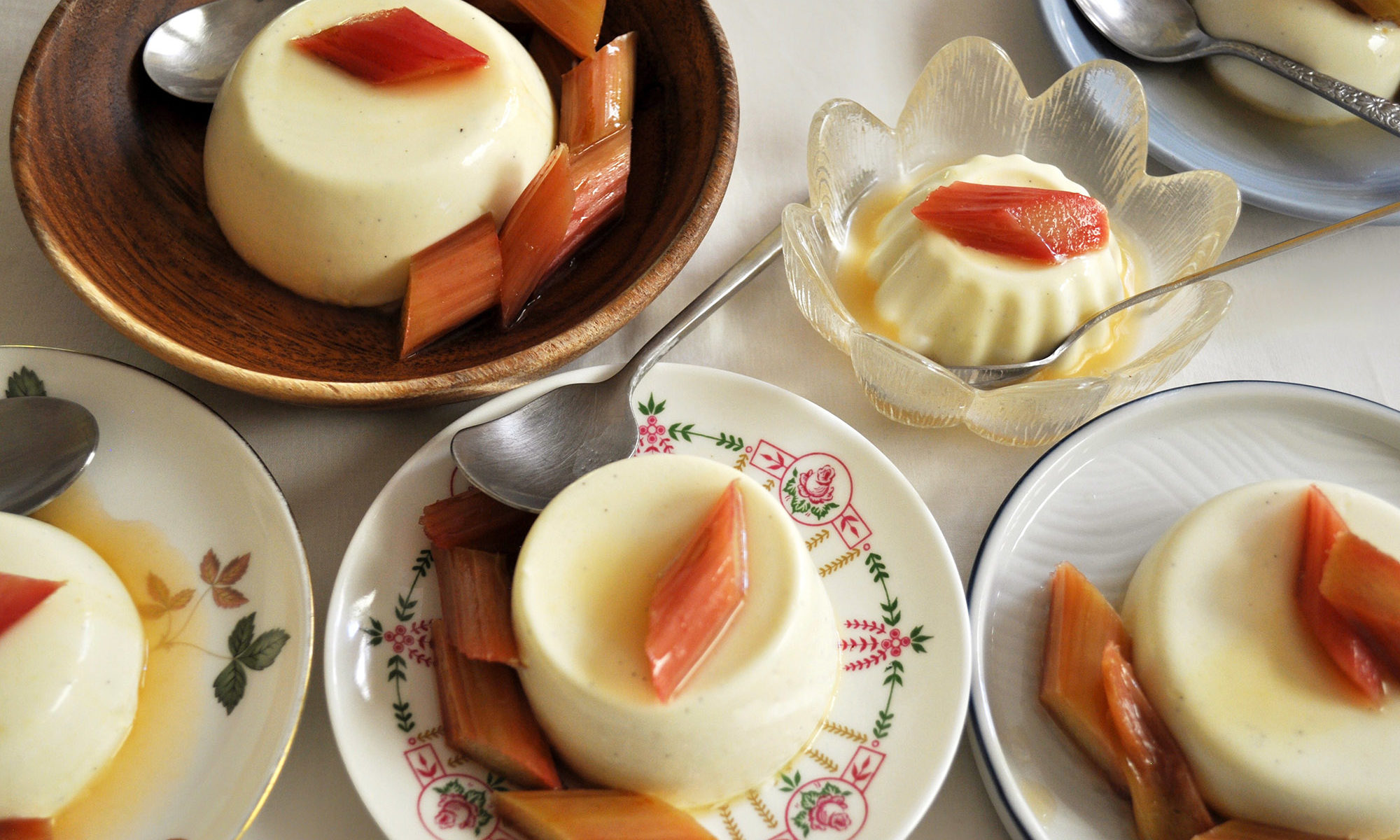There is something innately lovable about making fermented foods from scratch. For starters, they are that ‘Mr Cool’ that sit by the quiet corner in your kitchen, being the prideful symbol for ‘doing it for yourself’, sticking two fingers at commercialism. And secondly, they become the ‘My Baby Project‘ since something like miso has to be nurtured over a very-very long period of time. Note, the apt word here is ‘baby’ and ‘nurture’, because “The thing is ALIVE!!!” (think B-movie with some-kinda green lagoon here), with microorganisms such as yeast and good bacteria thriving in it. They are the busy bees working their socks off to make it tasty. What’s more, what’s not to love about a ‘baby’ that’s not one for needy attention? Fermented foods like to be left alone, rather, they’d prefer to quite happily take care of themselves, working it’s fermentation-magic in their own sweet time. (Don’t laugh, because it’s silly I know, but as they are live things, I call my miso ‘my baby’, and name my sourdough starter ‘Jessica’. My rice-bran pickle-bed ‘nukazuke’ is simply and affectionately called ‘Nuka-chan’.)
Anyway, Let’s cut the malarkey. You’re here for the recipe. It’s below. And It’s pretty long. I tried to cover everything I know about it. Sorry.
#021: Food will be extra delicious depending on how you cut it! (considering the fibre direction together with the Ying and Yang-ness)
Cutting the vegetables, meats and fish in a certain direction according to the direction of the grain or muscle will change the mouthfeel, as well as the taste such as level of bitterness and sweetness. It even changes the nutritional intake.
I find this a logical way to go about cooking; there is the how and the why with the enhanced results. It makes sense to adapt the style of cutting to suit the dish for culinary excellence.
In simple speak, cutting AGAINST the grain means that you are cutting the fibres short. This means that the ingredient would be less chewy as you won’t have to chomp down as much. But it also means it won’t hold shape so well (think pillars and columns missing on a building = it doesn’t have a strong structure and so would crumble down readily). By cutting against the grain, as the cutting knife glides through, you’re essentially slicing in to the cell structure and damaging and rupturing it, and from here, the aroma compound, the flavour compounds, the nutrients readily oozes out. Perhaps this sound horrendous, with all those lovely compounds escaping out, but, the art is in the knowledge that this can be advantageous at times: for example, you can enjoy the maximum fragrance of the herb if you clap your hand on it and rupture the cells which would release the aroma compound. Continue reading “#021: Food will be extra delicious depending on how you cut it! (considering the fibre direction together with the Ying and Yang-ness)”
#014: How to weave a tortilla basket

Please don’t judge me on what I do with my spare time. LOL. But I suddenly had this urge to weave tortilla wraps, and make an edible woven basket. Have a go, it’s kinda therapeutic once you get into the rhythm of it.



